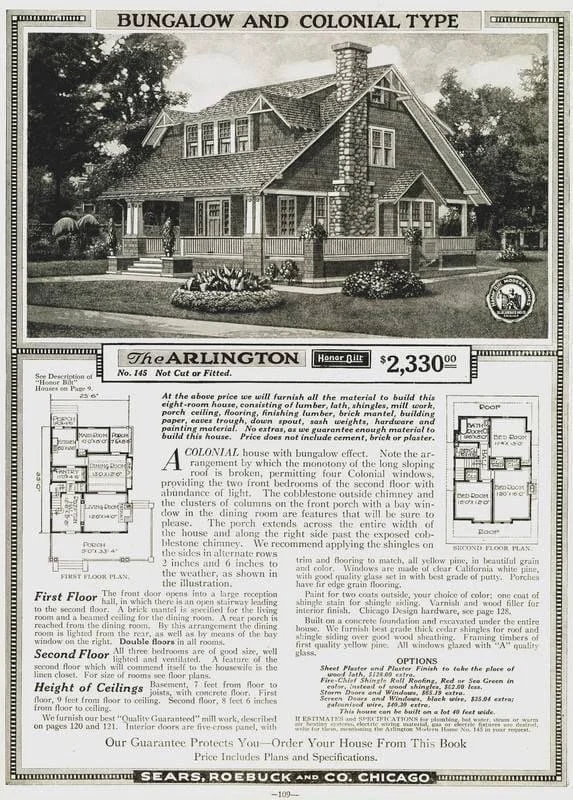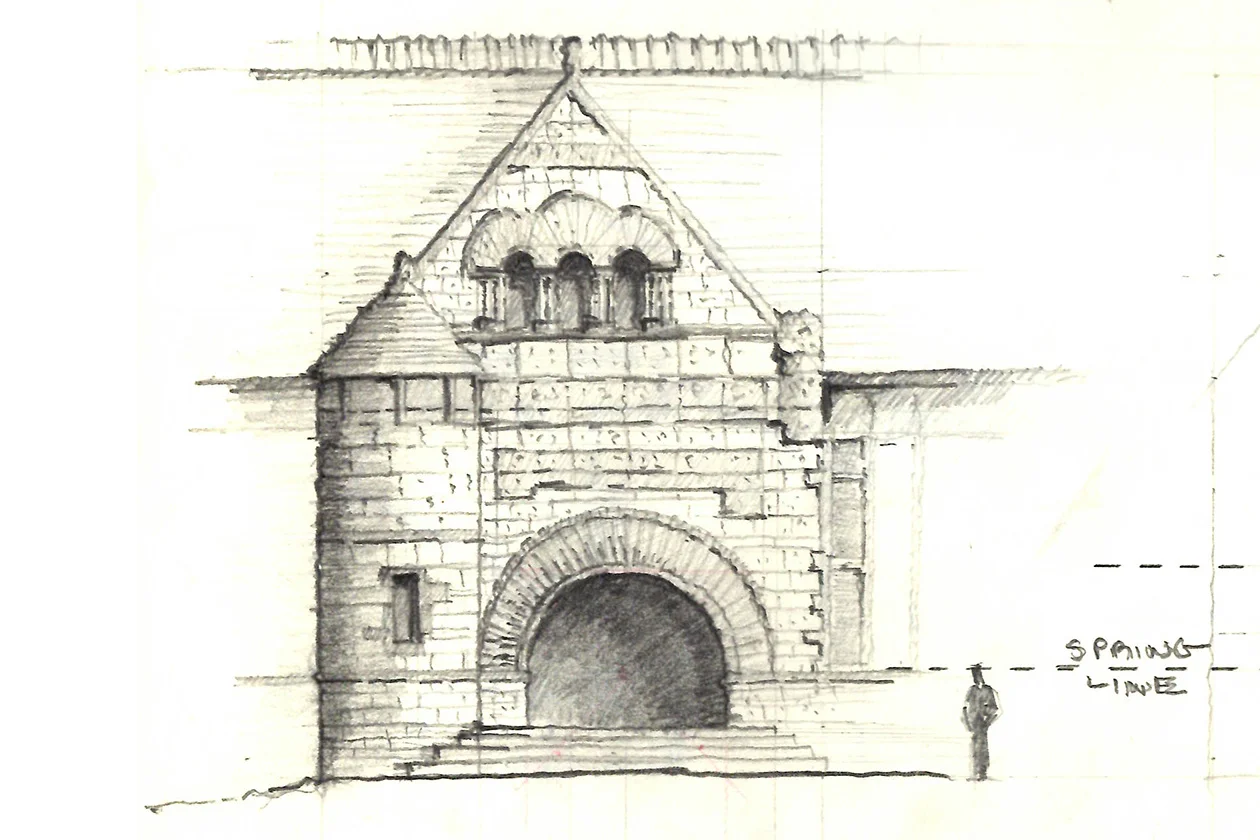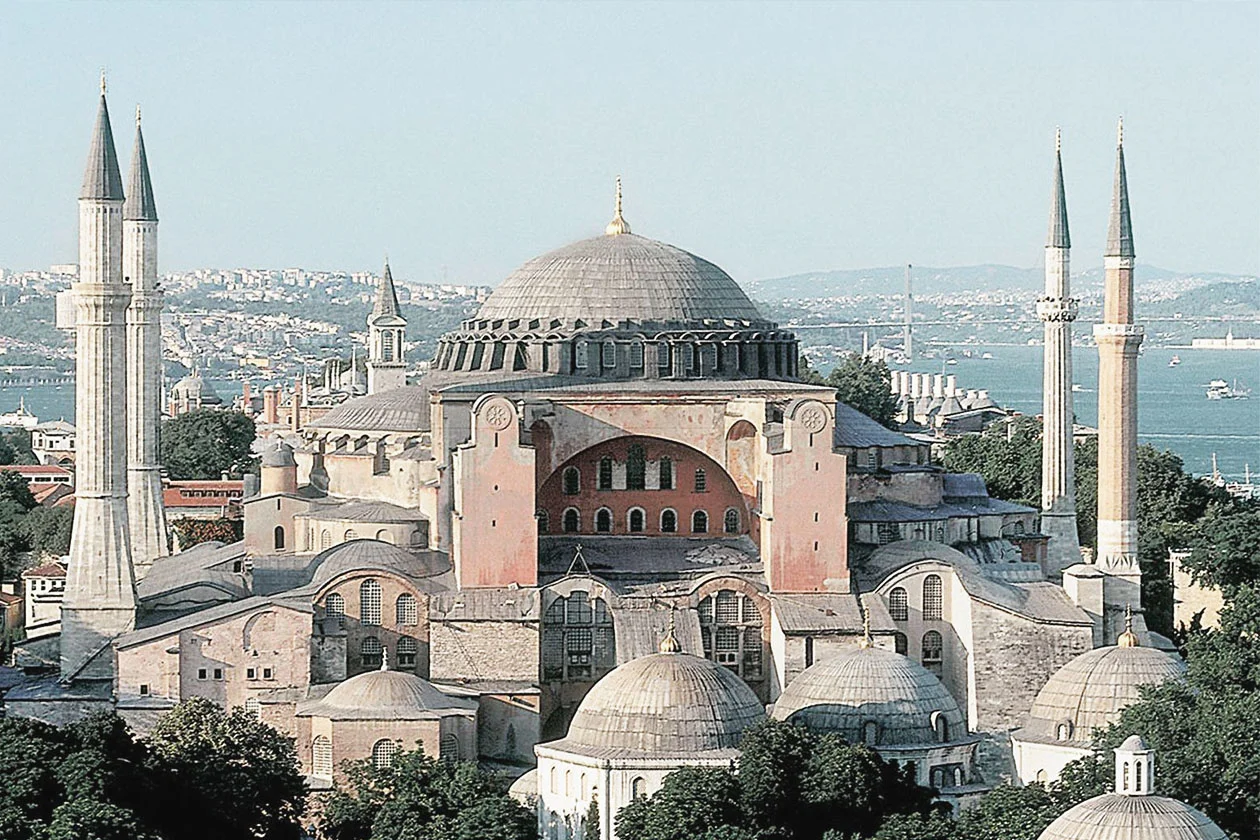Most people have little contact with an architect when it comes to what they desire in a home and the lifestyle they’d like to live. Yet architects are perfectly positioned to help satisfy that desire and do so with beauty and sustainability in mind, two elements that are starkly absent from today’s offerings of Pre-Designed Building Plans. The market for quality and diverse shelter is vast, yet grossly under-served by the profession that can best influence it and help make it truly affordable.
Read MoreThe last volume of the History of Architecture. We end with one final look at Modernism and where we are as a culture today, architecturally speaking.
Read MoreModernism was a unique occurrence and a culmination of many colliding forces happening at once. We have come to know the term “Modern” as something very “clean” looking. Although this was part of the intent, the spirit behind the modernist movement was much more convoluted than opening up floor plans and adding clean lined finishes. It was fueled by social and technological revolutions, that defined the 18th and 19th centuries and culminated into a complete set of ideals in the mid 20th century.
Read MoreDuring DDD, Fabric[K] will massage the spaces to make sure they work precisely. Dimensions are cleaned up. Required clearances from various codes will be integrated. Specifications will be made and details will be drawn so that the building’s performance and constructability can be understood with in-depth specificity and precision.
Read MoreSchematic Design (SD) is the first phase of the Fabric[K] Design architectural process. It’s where the aesthetic feel, spatial flow, and functional utility of the building are set. Schematic Design sets the tone for all decision making in subsequent phases.
Read MoreTime is not Money. Time is greater than money. We can create money. But time we have a finite amount of and how we spend our time says much about the quality of life we live. In this lecture we dive into how city architecture and the built environment manipulate people into spending their time for better or for worse.
Read MoreApart from the Mary Macleod Bethune statue erected in 1974,…there was no true monument dedicated to a prominent black individual until Martin Luther King Jr. finally got [his] in 2011 (43 years after his death!). Even though MLK gained his seat at the table with Lincoln and Jefferson on the National Mall, one could still argue that his statue is positioned in such a way that does not command public space, but is rather a “destination” that one must seek out.
Read MoreA visual history of Indian, Native American, and Meso-American architecture and civilization.
Read MoreThis week we explore the architectural developments of Eastern civilizations.
Read MoreVisual history of Renaissance and Baroque Architecture and the influences of both the Protestant and Counter-Reformation.
Read MoreA brief visual history of early Christian Architecture, Ottoman and Byzantine Architecture, and Gothic Architecture during the Medieval Period
Read MoreA brief history of Persian and Islamic Architectural influences.
Read MoreA visual history of Greek and Roman architecture and culture.
Read MoreA brief architectural history on some of the oldest organized civilizations in the world: Mesopotamian and Egyptian societies
Read MoreAs soon as humans began to master agriculture, civilization began to flourish. Their architecture wasn't too far behind.
Read MoreArchitecture traditionally is a service based business, just like lawyers, doctors and other licensed professionals. People rarely gripe when they pay for the latter services yet, the established perception is that an architect’s time, skill, and knowledge are not deserving of compensation equivalent to their professional counterparts. Architects are expected to offer their skills at discount or for free. An architect’s value is also overlooked because the process of working with one is a vast unknown to the majority of potential clients. It’s time to explain the basics of the Business of Architecture.
Read MoreThe intent of this brief article is twofold: to educate clients/consumers of architectural services of the tremendous amounts of time and money it takes to become a licensed architect; and second, to be a general guide for kids who have an interest in pursuing architecture as a career but don’t know where to begin.
Read MoreArchitects bring tremendous value and worth to each and every stage of a project. But their input and expertise is often reduced to a mere line item on the balance sheet. Architects are not a cost nor a liability. They are an insurance. They are directors and managers. But most of all they are an investment that yields financial and sentimental dividends.
Read MoreLawyers. Doctors. Therapists. Engineers. When thinking of these occupations, most have a good idea what each does. But when thinking of an architect that’s when things become of bit ambiguous. An architect is a generalist; a polymath; a “jack of all trades” so to speak. The architect is responsible for both the artistry and science of creating space and constructing the form of society. They do more than “draw pretty pictures”. For thousands of years they have been tasked with creating the vision for civilization and managing the complexities associated with designing and constructing the man-made environment.
Read MoreDid you know that less than 20% of human communication is verbal? That means 80% of all human communication is not coming out of our mouths. By nature, humans are visual creatures. Before we developed advanced languages, we inferred our emotions, intentions and ideas with visual expressions using the parts of our body. Today linguistics are highly advanced systems - there are over 7,000 languages in the world today - but visual information is still the primary influencer of human behavior
Read More![Fabric[K] Design](http://images.squarespace-cdn.com/content/v1/5846fe37ff7c5046fc8b98e8/1585703506724-ACFUCZ5FH3AGY64QWIFZ/FabricK-Design_Logo_1500x600_All+Green.png?format=original)




![Design Development & Documentation with Fabric[K]](https://images.squarespace-cdn.com/content/v1/5846fe37ff7c5046fc8b98e8/1624984553790-L8WWTIXDLVU11QD2TYP9/6-A4_Enlarged%2BPlans_15%2B37th%2BStreet-11-29-2020_Page_2.jpg)
![Schematic Design with Fabric[K]](https://images.squarespace-cdn.com/content/v1/5846fe37ff7c5046fc8b98e8/1603656719437-WS87LRDUWSFMOT57GCAL/10-18-2020_MarketingPlans_5.jpg)













